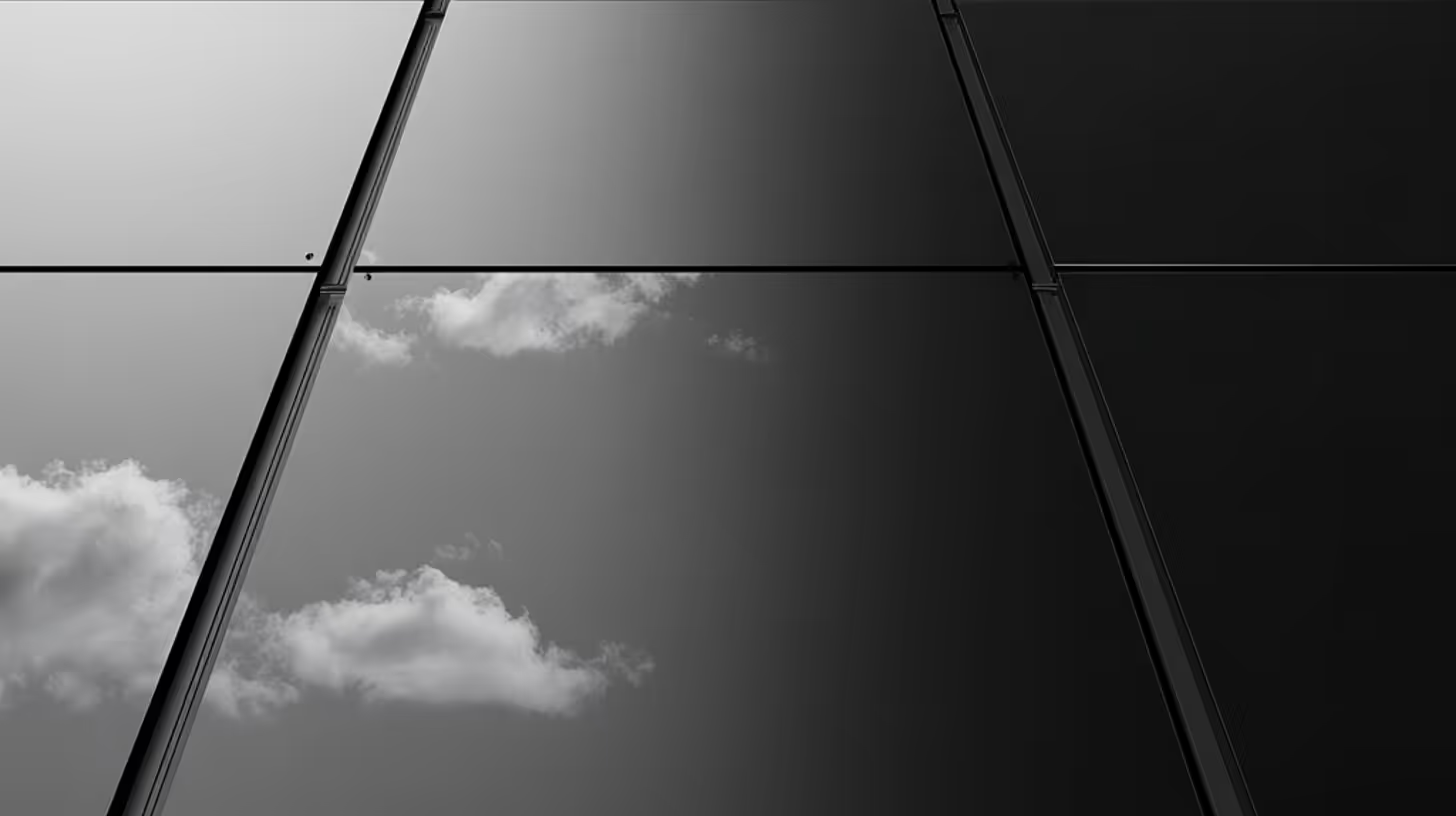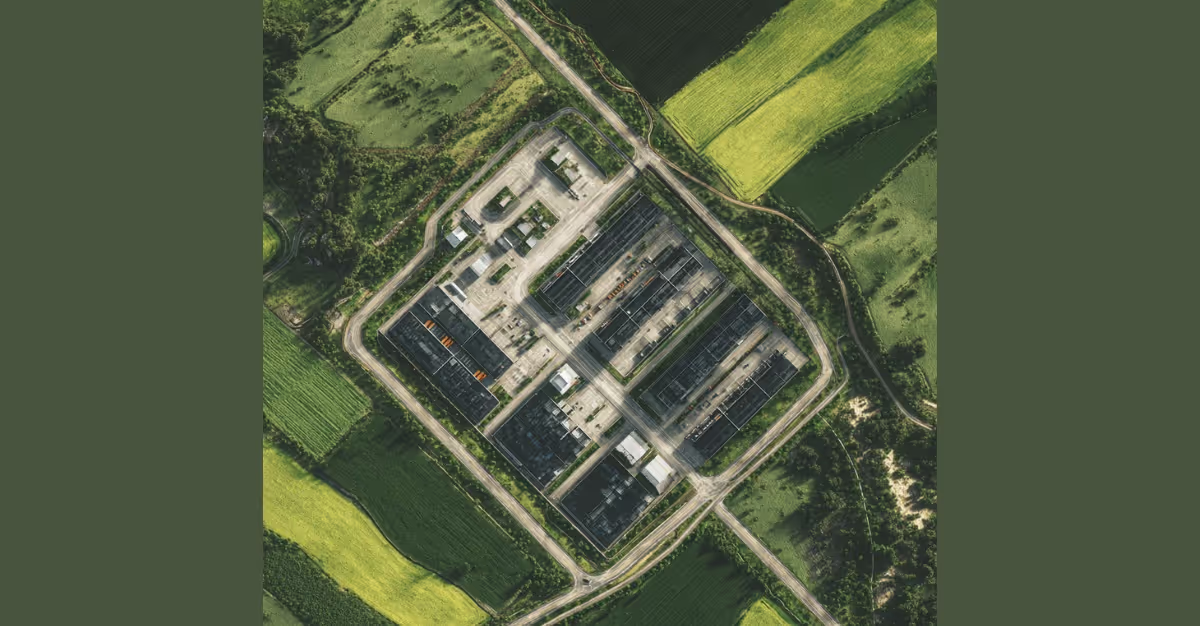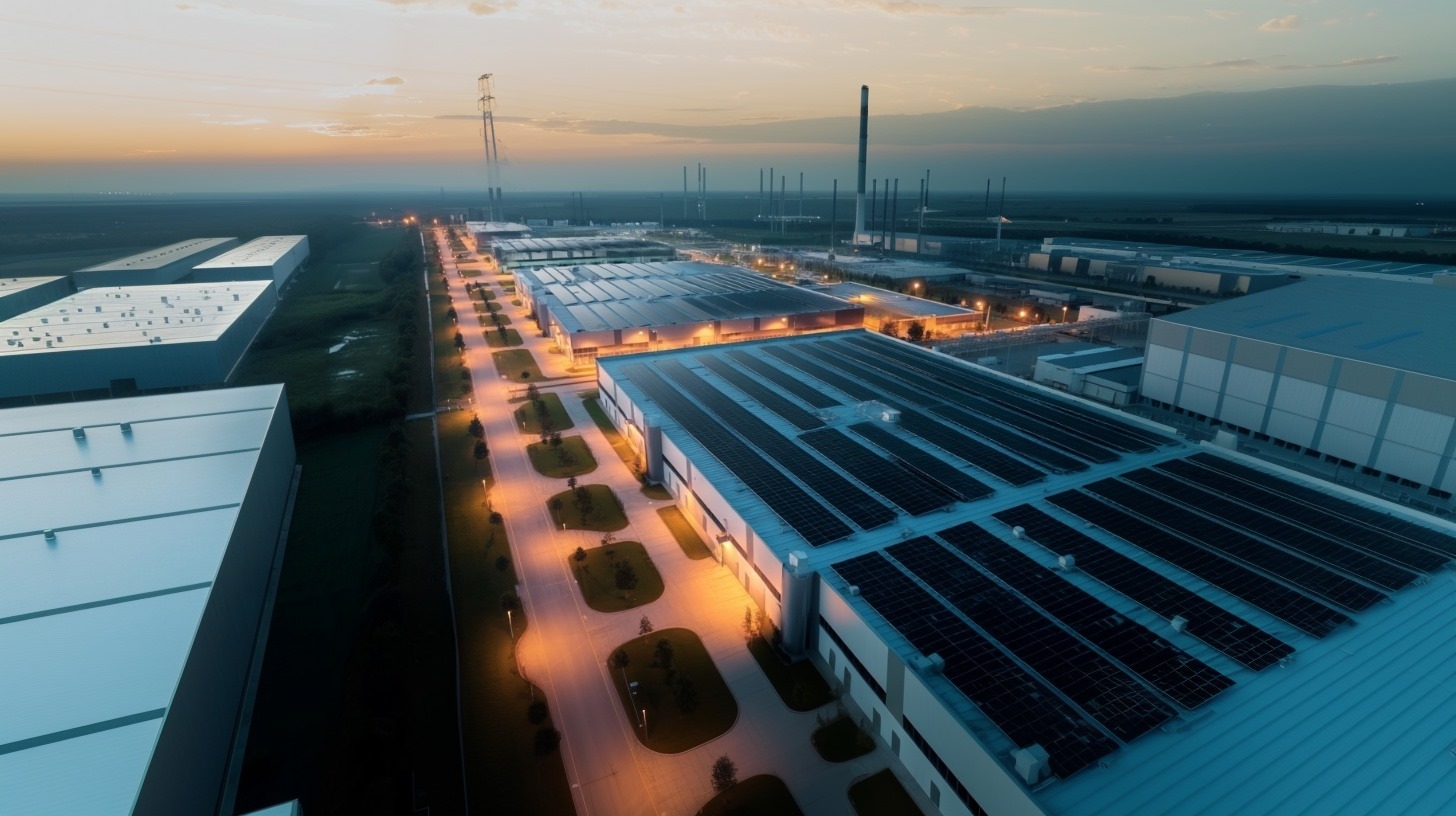Planificarea panourilor ușoare: Înțelegerea sarcinii statică vs. sarcinii variabile în panourile solare montate pe acoperiș
.avif)
Date
October 2, 2025
read time
3
Minutes
Subscribe to the LONGi Newsletter
În martie 2018, o sală științifică din regiunea Cévennes (sudul Franței) s-a prăbușit după un episod intens de ploaie pe zăpadă. Cercetătorii au efectuat o analiză retroactivă, combinând datele meteo și simulări structurale pentru a estima presiunile care au dus la cedare. Deoarece ploaia a îmbibat zăpada existentă, sarcina pe acoperiș a crescut semnificativ, iar structura nu a putut să o suporte.
Acest caz arată cum sarcina variabilă și efectele mediului pot transforma un sistem de acoperiș din sigur în eșec, și ilustrează un adevăr esențial: acoperișurile poartă două tipuri foarte diferite de greutate, iar inginerii le tratează în mod foarte diferit.
Aici intră în joc noțiunile de sarcină statică (mortă) și sarcină variabilă în planificarea solară. Sunt concepte simple care decid dacă o instalație solară este sigură, fezabilă și durabilă pe termen lung.
Sarcina statică se referă la greutatea constantă
Sarcina statică este greutatea permanentă care nu se modifică odată ce un sistem solar este instalat. Include module solare, structuri de montare, șine și cleme, componente electrice fixe, cum ar fi traseele pentru cabluri.
Sarcina statică este de obicei exprimată în kilograme pe metru pătrat (kg/m²). Pentru că această greutate sprijină clădirea zeci de ani, trebuie să fie cât mai mică cu putință.
Sarcina variabilă se referă la presiunea variabilă
Sarcina variabilă se referă la forțe temporare care acționează asupra acoperișului în plus față de sarcina statică. Acestea variază în funcție de condiții și includ acumularea de zăpadă (și ploaia, după cum am observat în exemplu), ridicarea de vânt în timpul furtunilor, lucrători de întreținere care se deplasează pe acoperiș.
Spunând diferit de sarcina statică, sarcina variabilă este imprevizibilă, motiv pentru care codurile de construcții adaugă marje suplimentare de siguranță. Codurile de construcții sunt regulile oficiale și standardele care stabilesc cum structurile (case, birouri, fabrici etc.) trebuie proiectate și construite pentru a fi sigure și durabile. Ele sunt emise de guverne sau organismele de standardizare. Pentru sarcini, ele precizează câtă greutate poate suporta un acoperiș în condiții diferite.
În Austria, acoperișurile trebuie proiectate să reziste la sarcini de zăpadă cuprinse între aproximativ 84 și 1.080 kilograme pe metru pătrat, în funcție de altitudinea clădirii și regiune, conform standardului național ÖNORM EN 1991-1-3. Chiar dacă sistemul solar în sine este ușor, inginerii trebuie să țină cont și de cele mai severe cazuri de zăpadă sau vânt.
Rezervele limitate pentru sarcina variabilă fac ca proiectarea ușoară să fie esențială
Separarea sarcinilor statică și variabilă este esențială pentru o inginerie corectă. Sarcina statică este constantă și determinabilă, în timp ce sarcina variabilă este incertă și trebuie anticipată. O proiectare sigură ia în considerare întotdeauna ambele, deoarece acoperișul trebuie să suporte în același timp greutatea permanentă a panourilor solare plus potențialele presiuni de zăpadă sau vânt.
În regiunile în care zăpada abundentă este rară, acoperișurile sunt adesea construite cu o capacitate de rezervă limitată. Materiale ușoare, structuri de susținere mai subțiri sau designuri optimizate pentru cost înseamnă că aceste acoperișuri sunt considerate cu încărcare redusă. Deși acest lucru este suficient pentru utilizarea zilnică, lasă puține marje odată ce se adaugă echipamente suplimentare, cum ar fi panourile solare, mai ales în caz de evenimente meteorologice neașteptate. Pentru clădirile cu o marjă mică pentru sarcini variabile, alegerea modulelor solare ușoare este o siguranță practică. Un sistem care minimizează sarcina statică nu numai că mărește numărul de acoperișuri în care energia solară poate fi instalată în siguranță, ci oferă și o siguranță sporită împotriva stresurilor neprevăzute pe termen lung.
Cum modulele cu sticlă simplă se compară cu designurile ușoare pentru a reduce sarcina statică
Tipul de modul ales afectează direct sarcina statică pe care acoperișul trebuie să o suporte și, prin urmare, câtă marjă rămâne pentru sarcini variabile, cum ar fi zăpada sau vântul. Pentru a ilustra diferența, iată cum se compară modulele convenționale cu sticlă simplă cu alternativele mai ușoare, iar designul dedicat LONGi le duce și mai departe.
Module tradiționale cu sticlă simplă
Un modul standard cu sticlă simplă cântărește de obicei în jur de 20–25 kg, ceea ce se traduce în aproximativ 11–13 kg/m² odată montat. Pe un acoperiș comercial mare, acest lucru poate deveni în continuare un factor limitant și poate necesita consolidări structurale costisitoare dacă acoperișul are rezerve de sarcină reduse.
Module ușoare, în general
Pentru a depăși acest obstacol, producătorii au dezvoltat designuri ușoare care reduc greutatea totală. Prin reducerea grosimii sticlei, utilizarea backsheet-urilor avansate sau optimizarea ramelor, aceste module scad sarcina statică și măresc numărul de acoperișuri care pot găzdui soluții solare.
LONGi Hi-MO X10 Guardian Light Design
LONGi a dus această idee la un nou nivel cu modulul Hi-MO X10 Guardian Light Design, conceput pentru acoperișuri comerciale și industriale cu limite stricte de încărcare. Fiecare modul cântărește 16,3 kg, ceea ce corespunde la doar 7,2 kg/m². Acesta este cu aproximativ 30% mai ușor decât modulele tradiționale cu sticlă simplă, în timp ce livrează încă până la 560 W de putere la o eficiență de 24,8%. Greutatea redusă poate elimina necesitatea consolidărilor la acoperiș și poate economisi proprietarilor de proiect până la 200.000 € pe megawați în costuri structurale, în funcție de regiune, tipul clădirii, reglementările locale și condițiile sitului. Economiile reale pot varia.
Cum modulele ușoare ușurează stresul sarcinii statice asupra acoperișurilor
Gândind cu grijă atât la sarcina statică cât și la sarcina variabilă, proprietarii de clădiri și instalatorii pot elibera proiecte care altfel ar fi respinse drept „prea grele”. Modulele ușoare, precum Light Design de la LONGi, fac posibilă energia solară pe acoperișuri mai vechi sau ușor construite, reducând stresul structural în timp ce oferă zeci de ani de energie curată fiabilă.
Fiecare kilogram în plus de sarcină statică supune grinzile, izolația și învelitoarea acoperișului. De-a lungul decadelor, acest lucru poate accelera uzura, poate genera riscuri de infiltrații sau poate face renovările mai complexe. Sistemele ușoare reduc aceste riscuri.
Află mai multe despre modulul LONGi Guardian Light Design sau descarcă fișa tehnică.




.jpg)

.avif)


